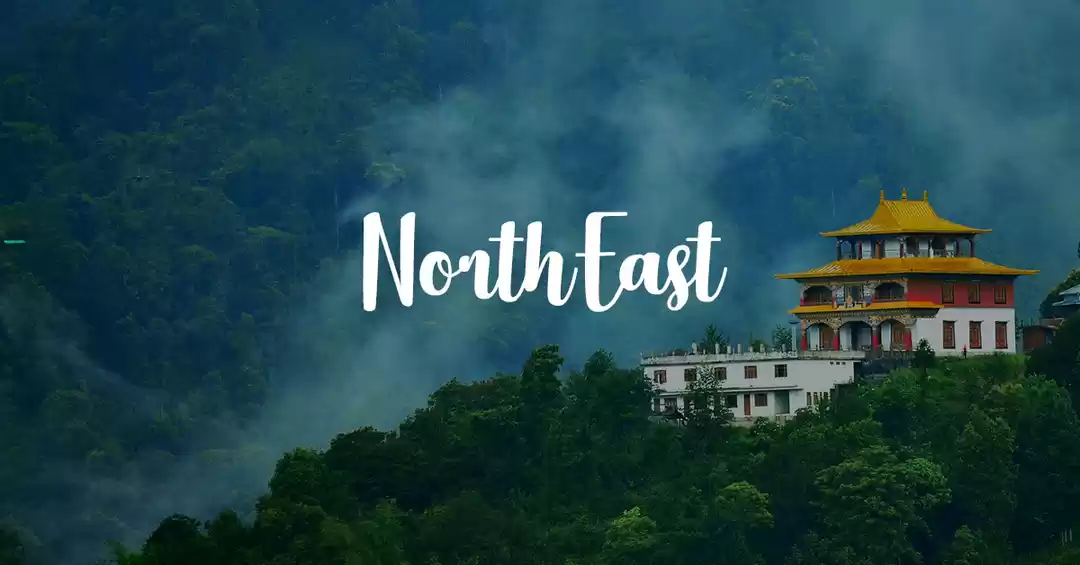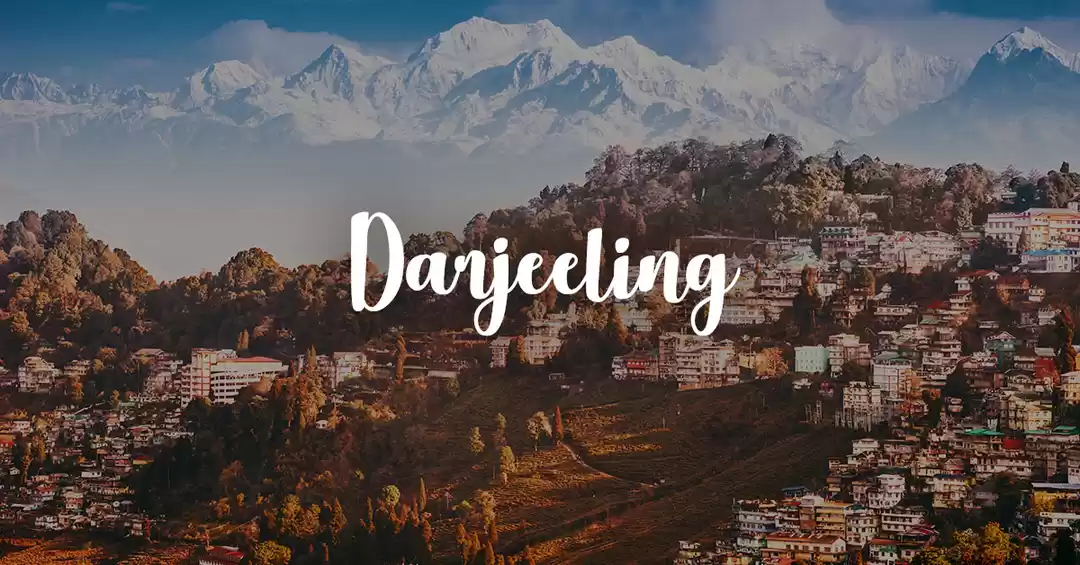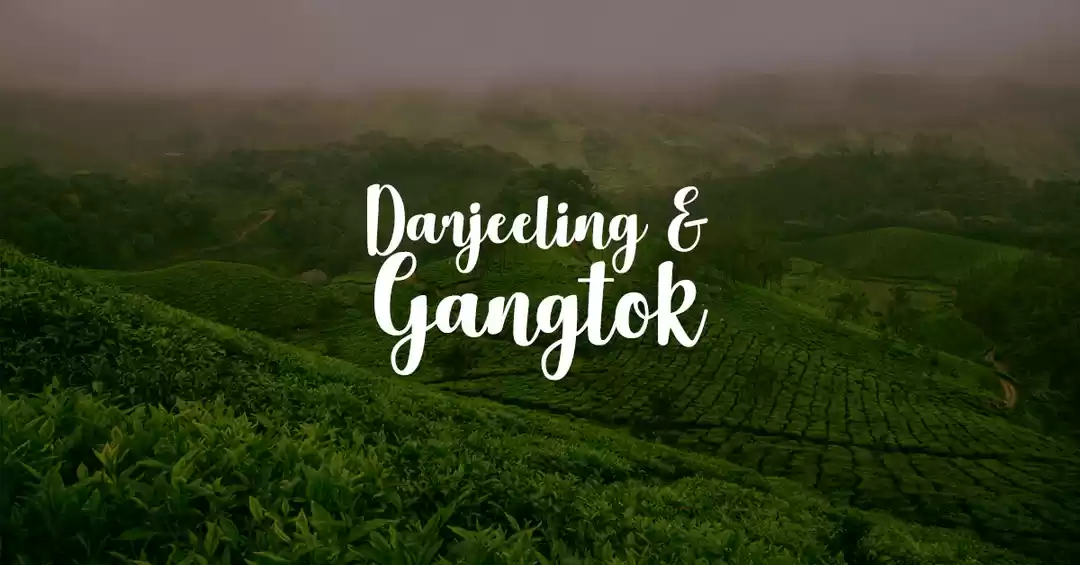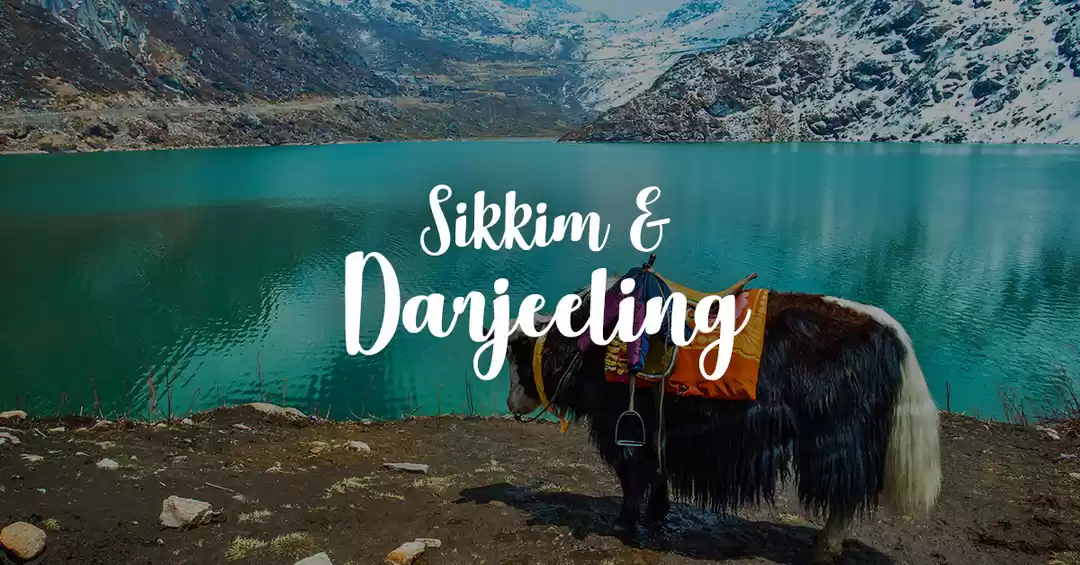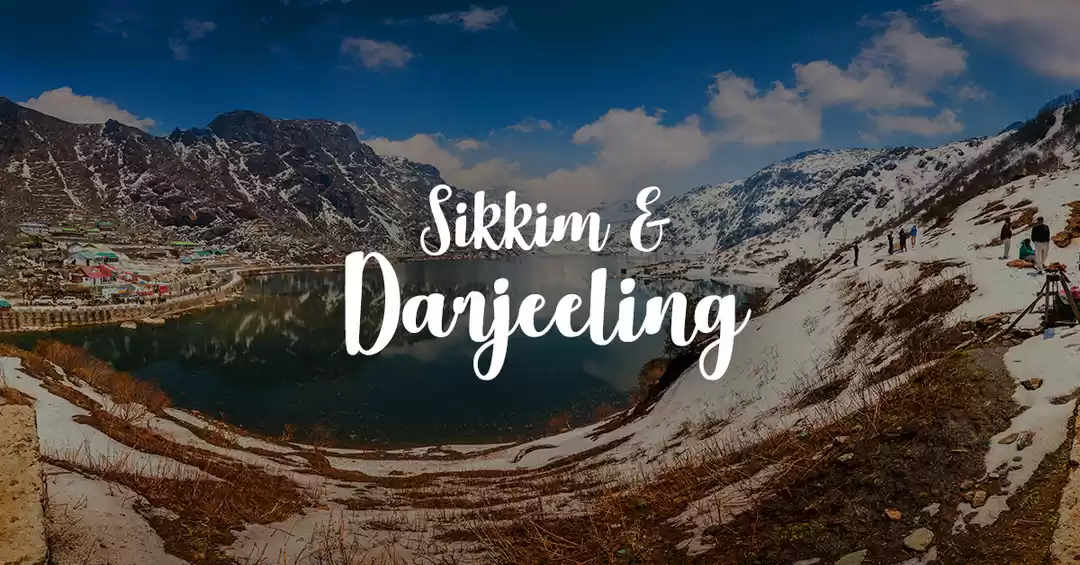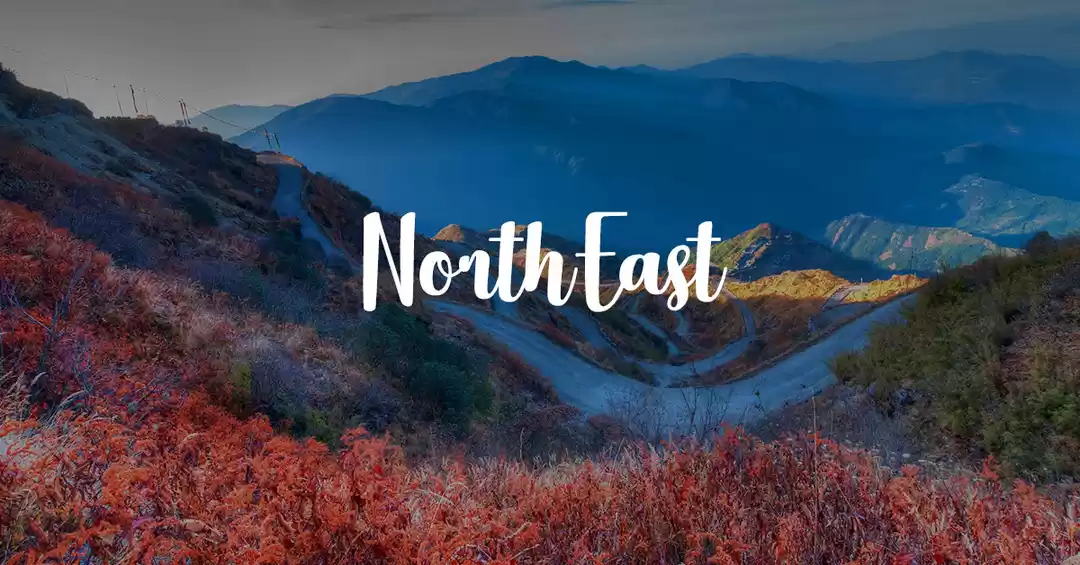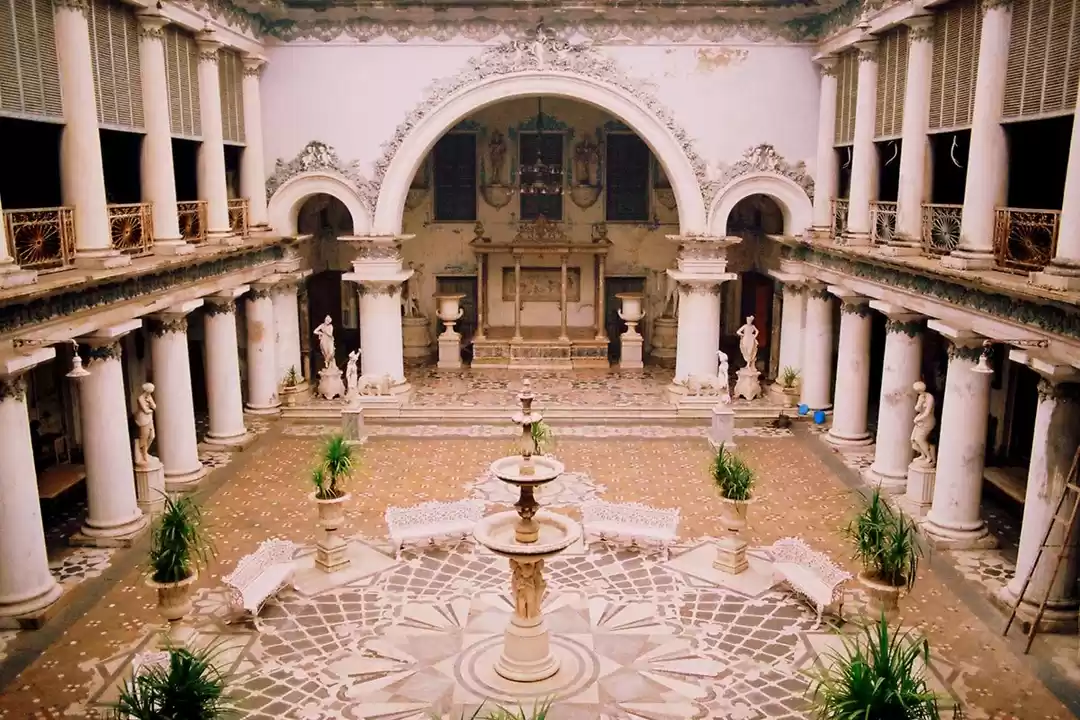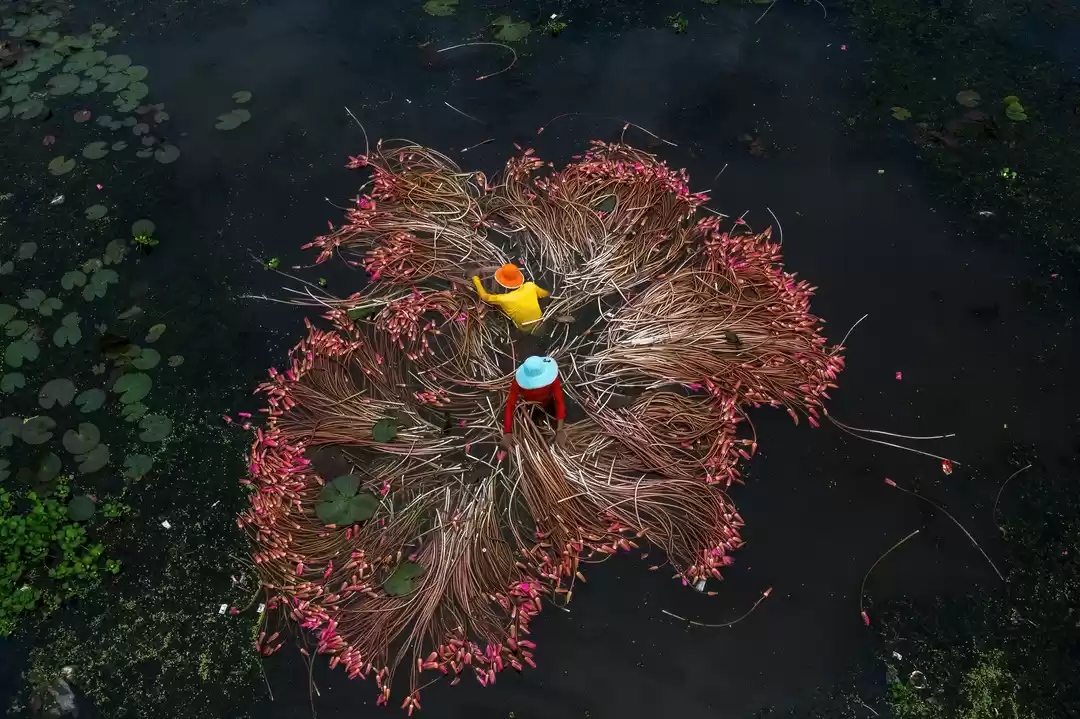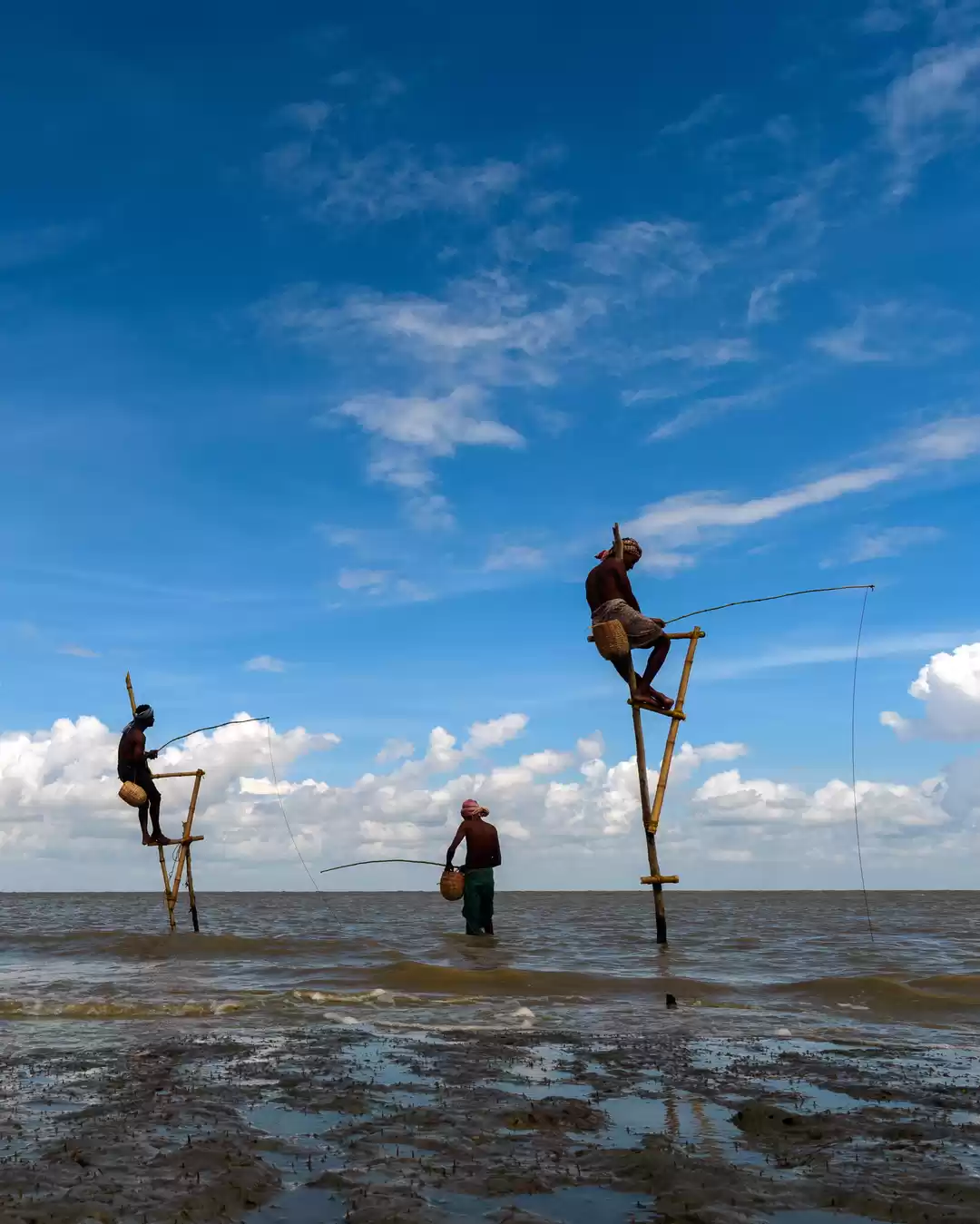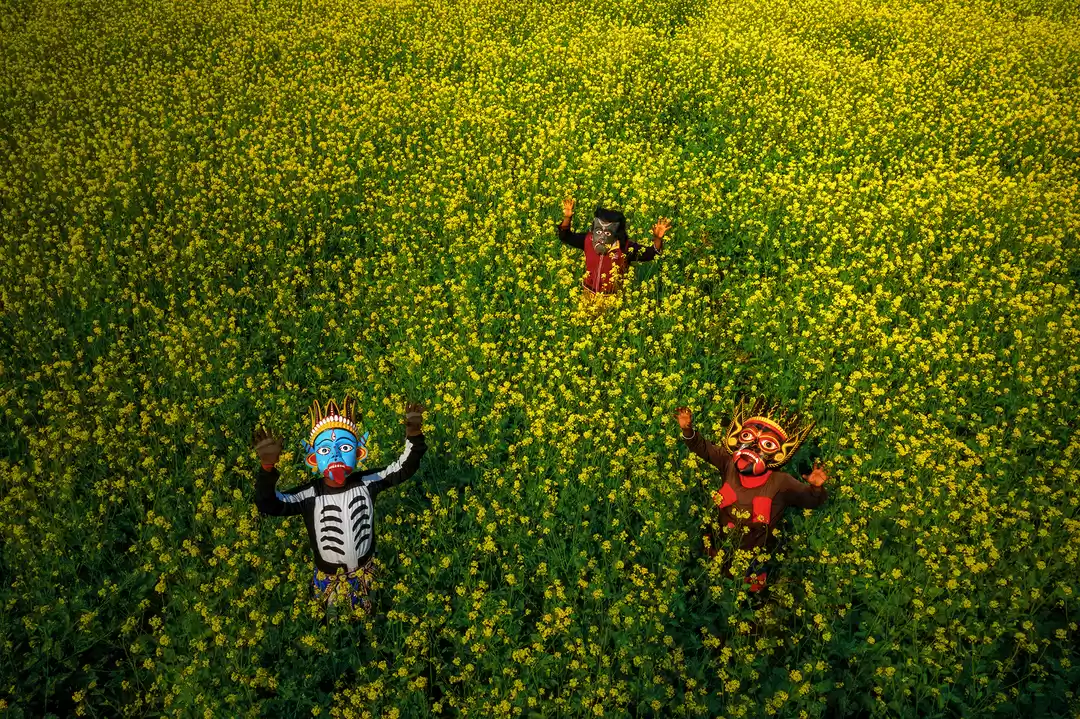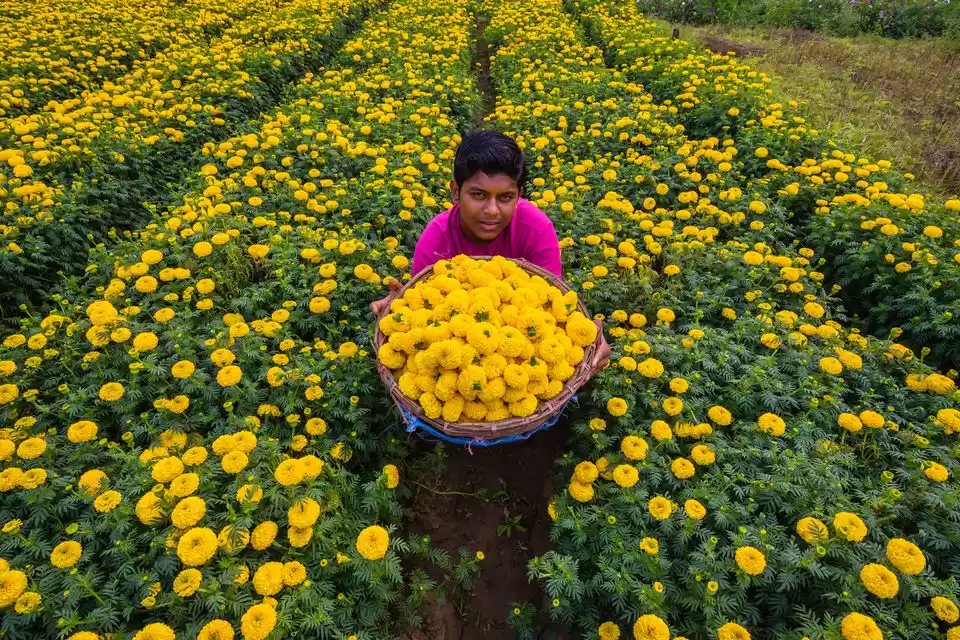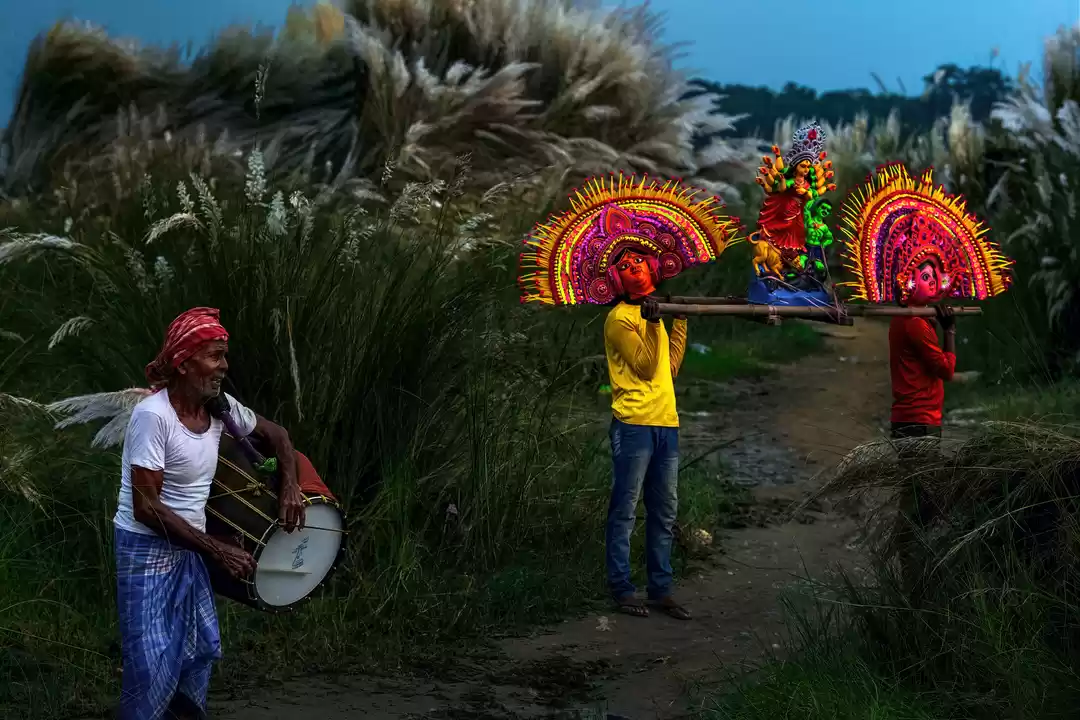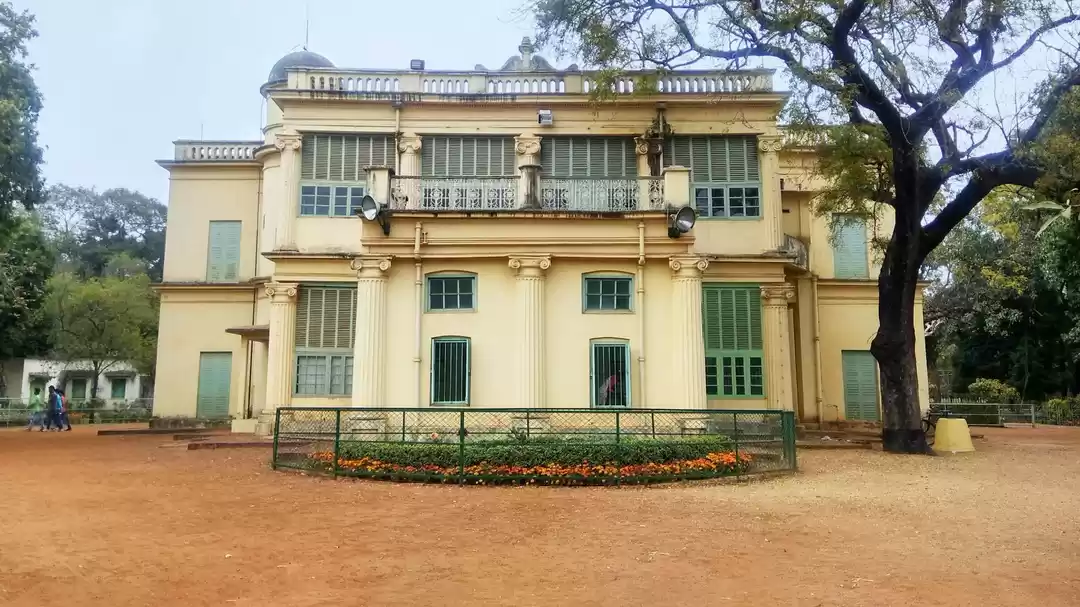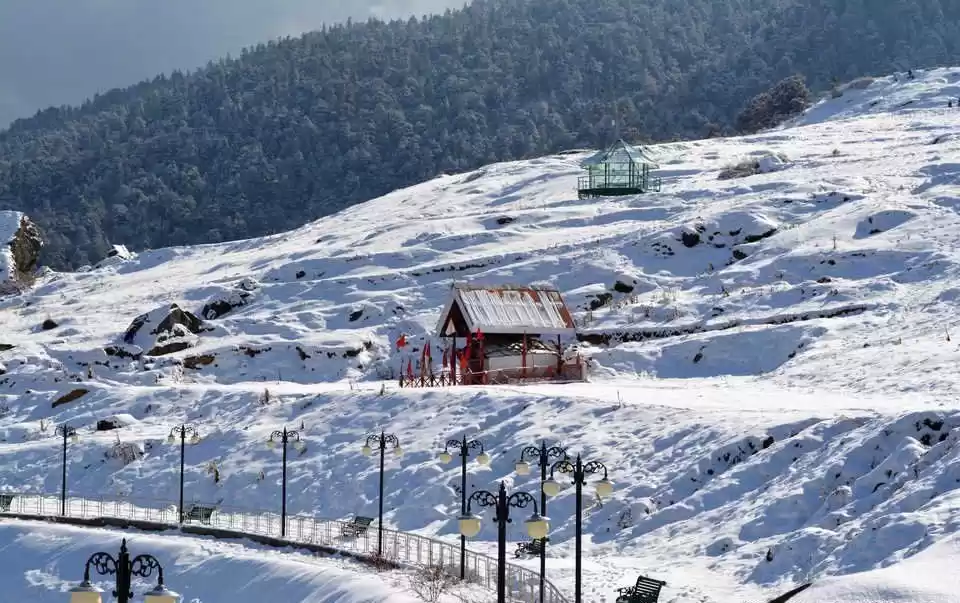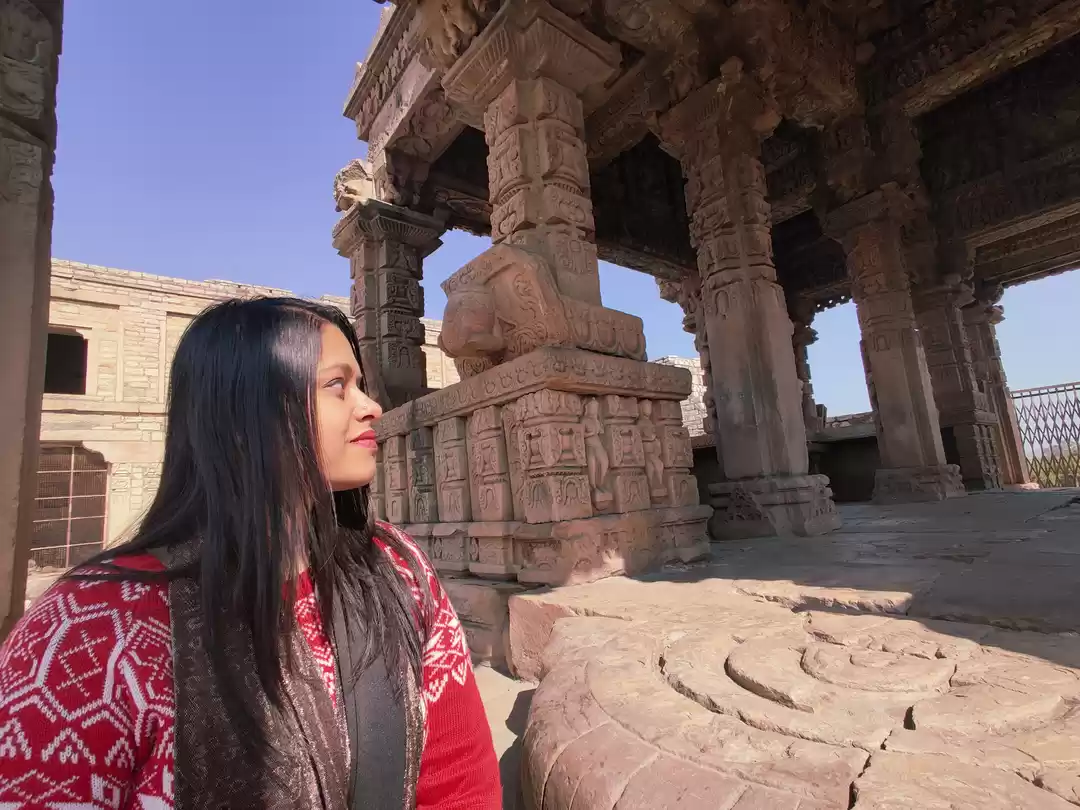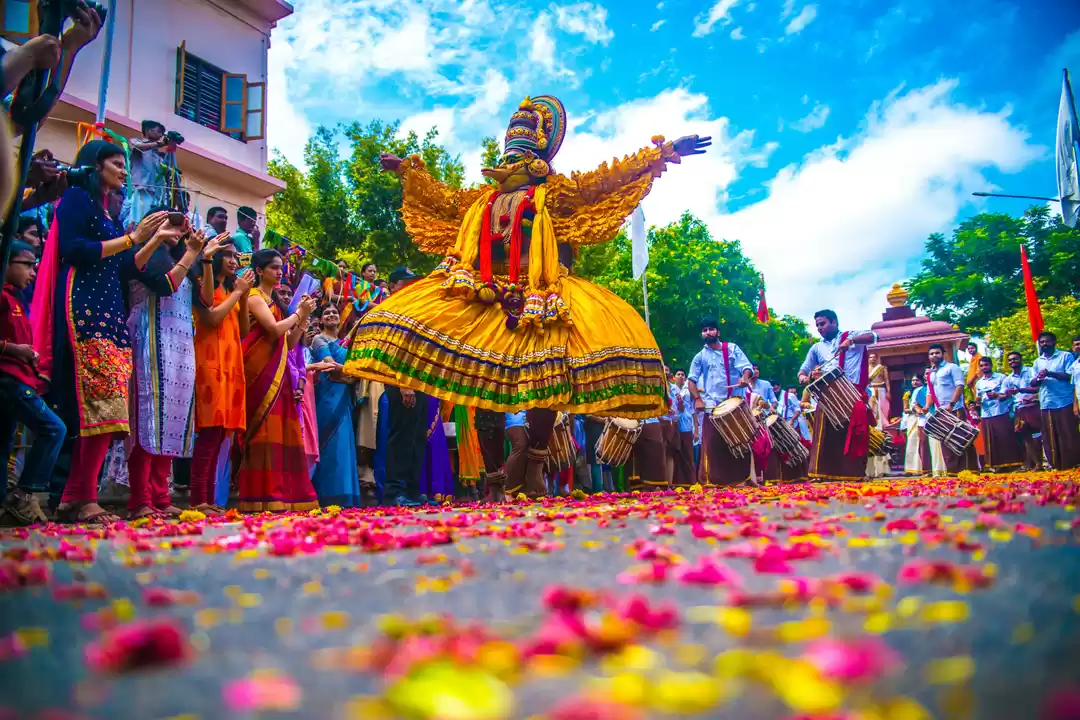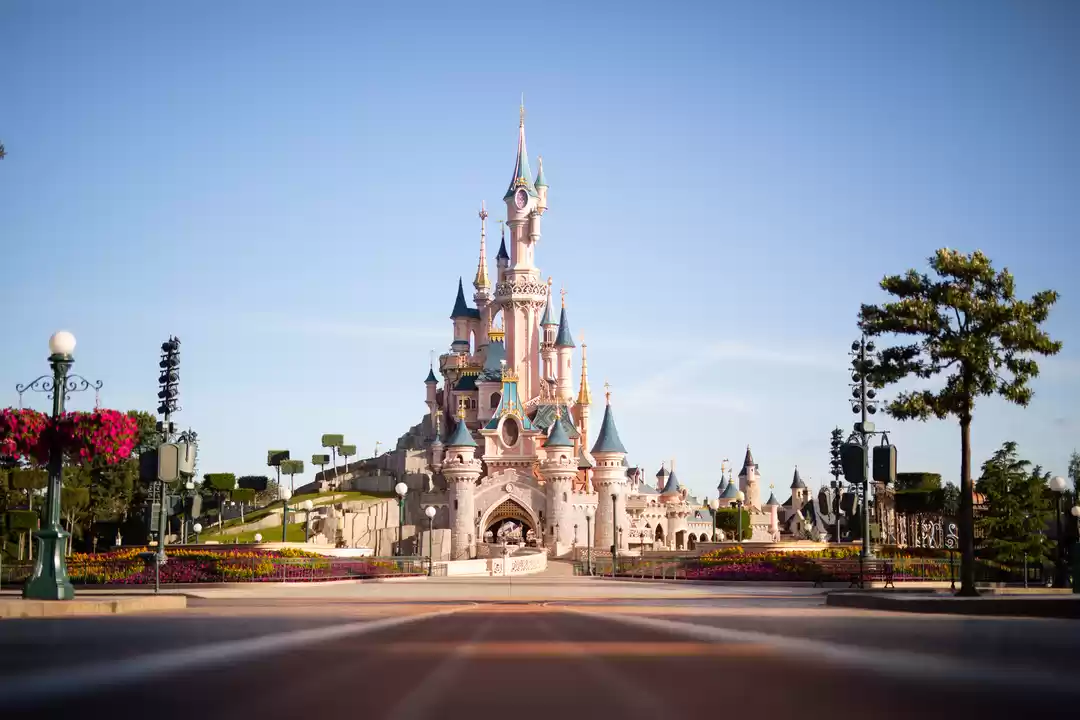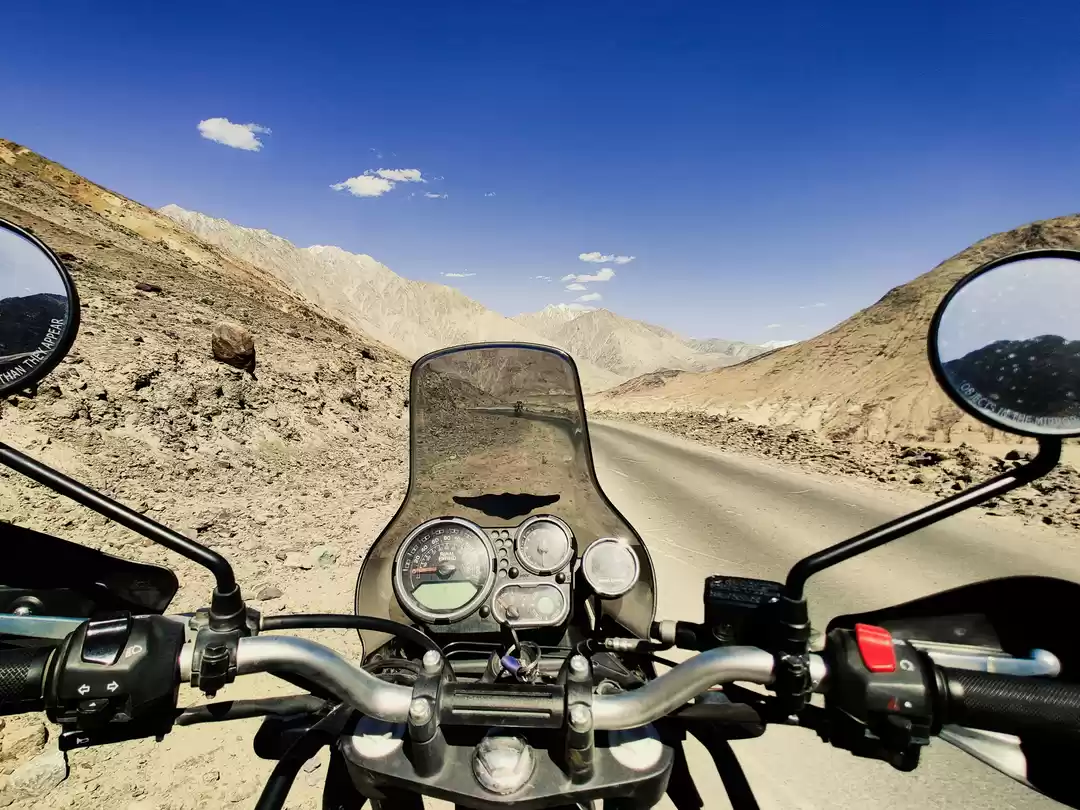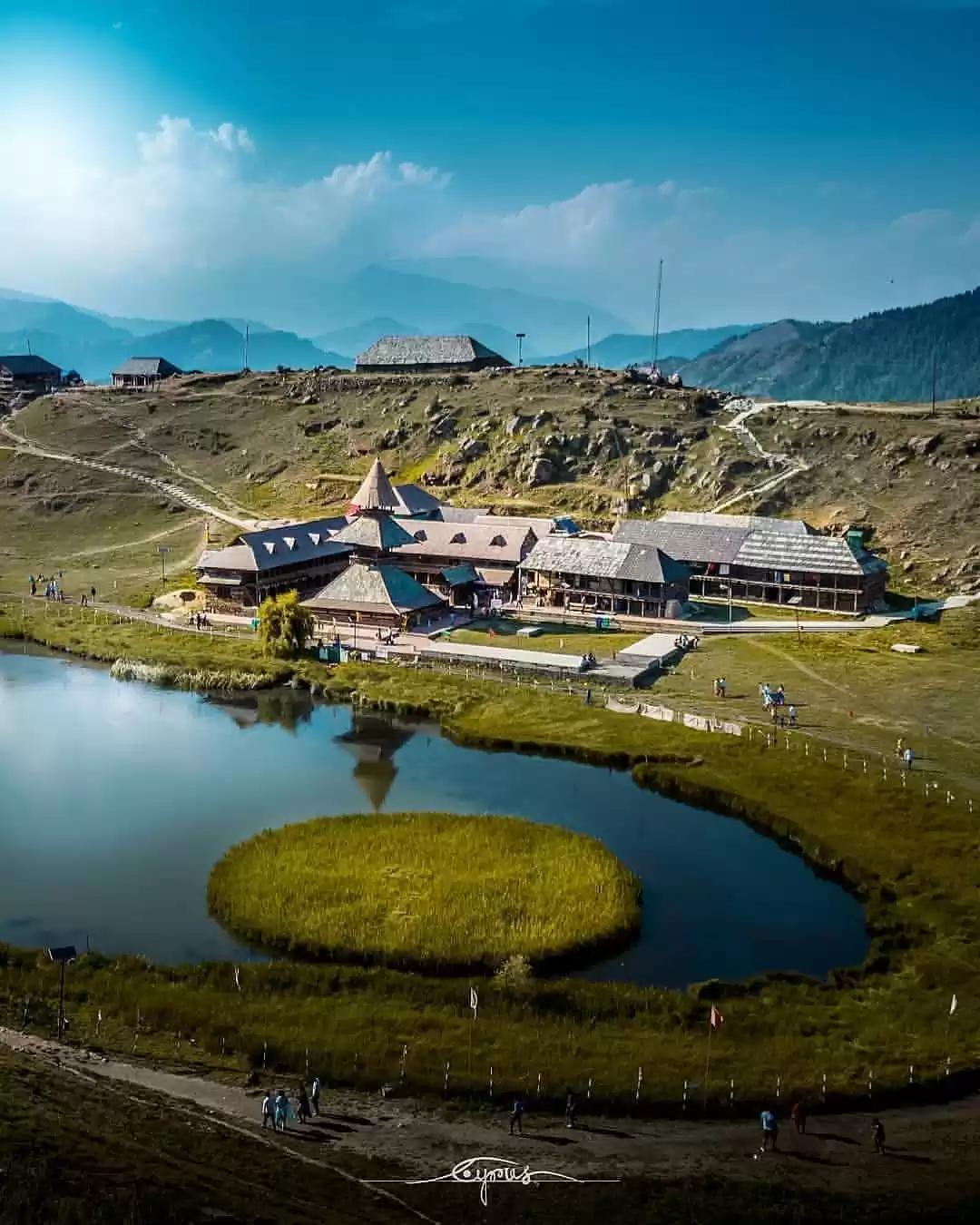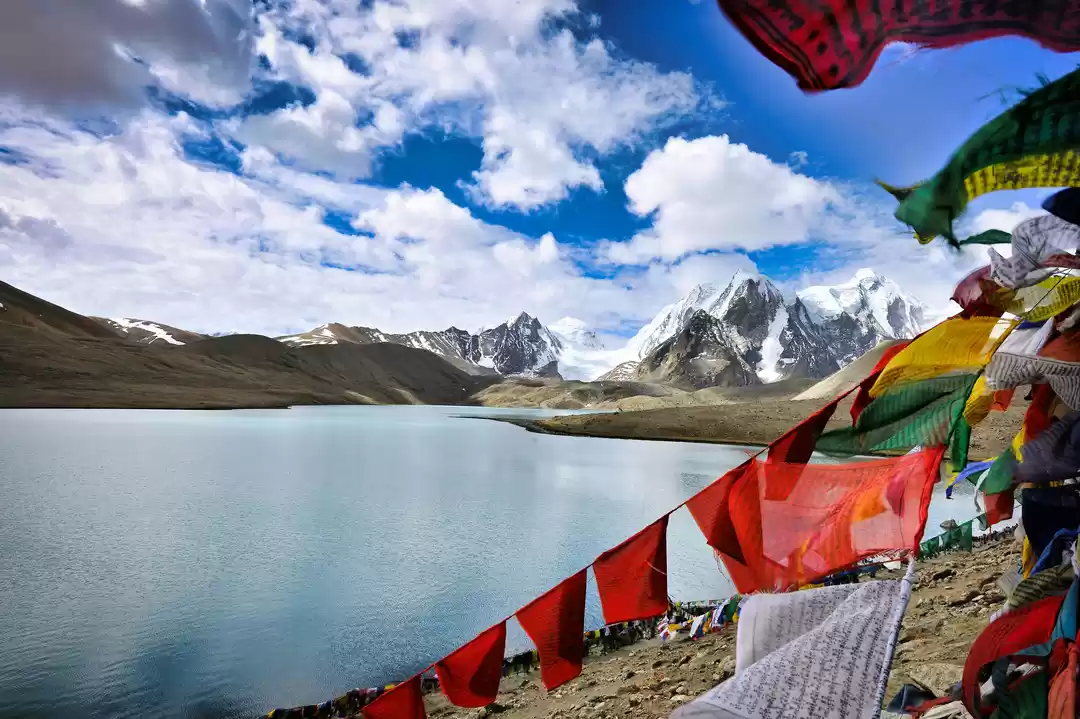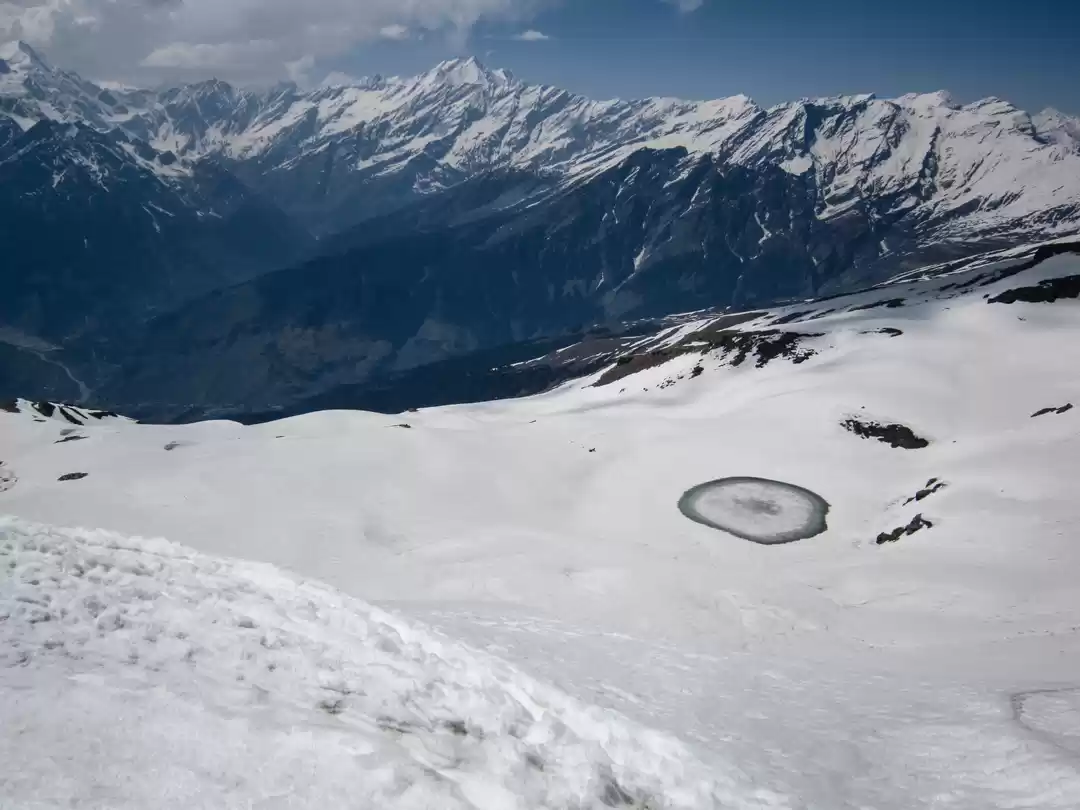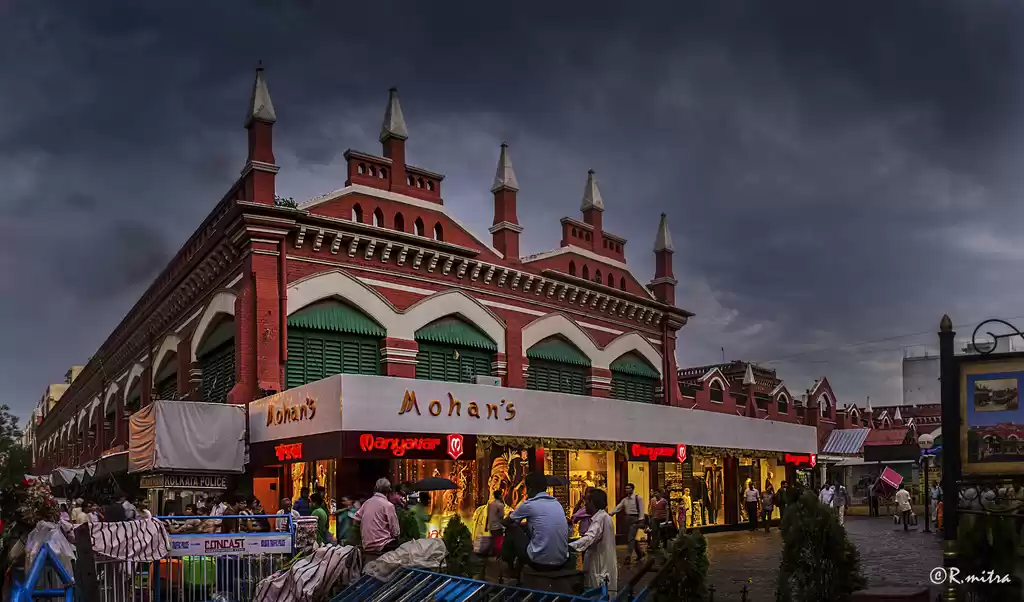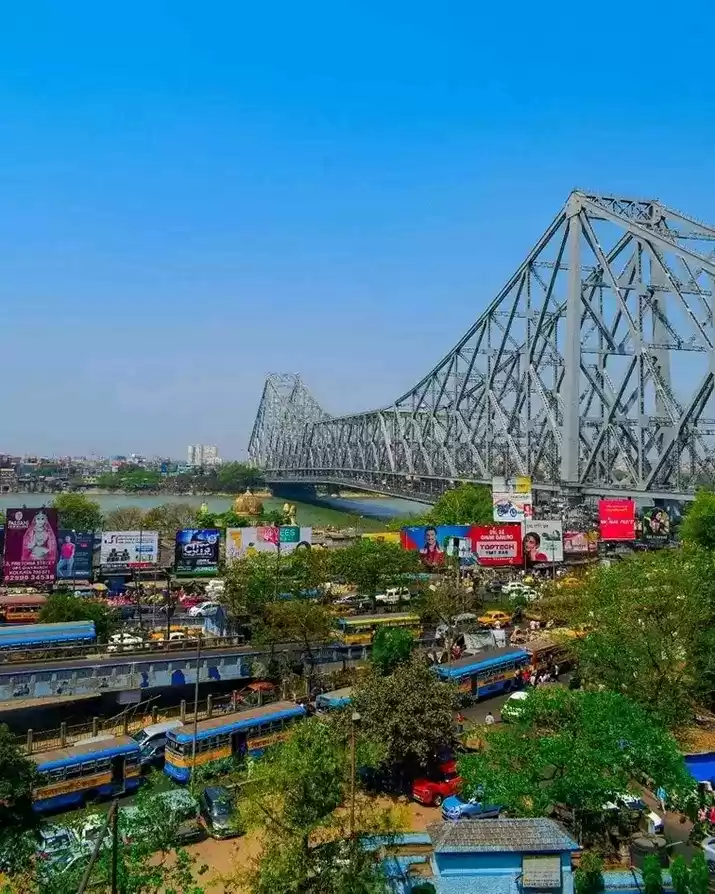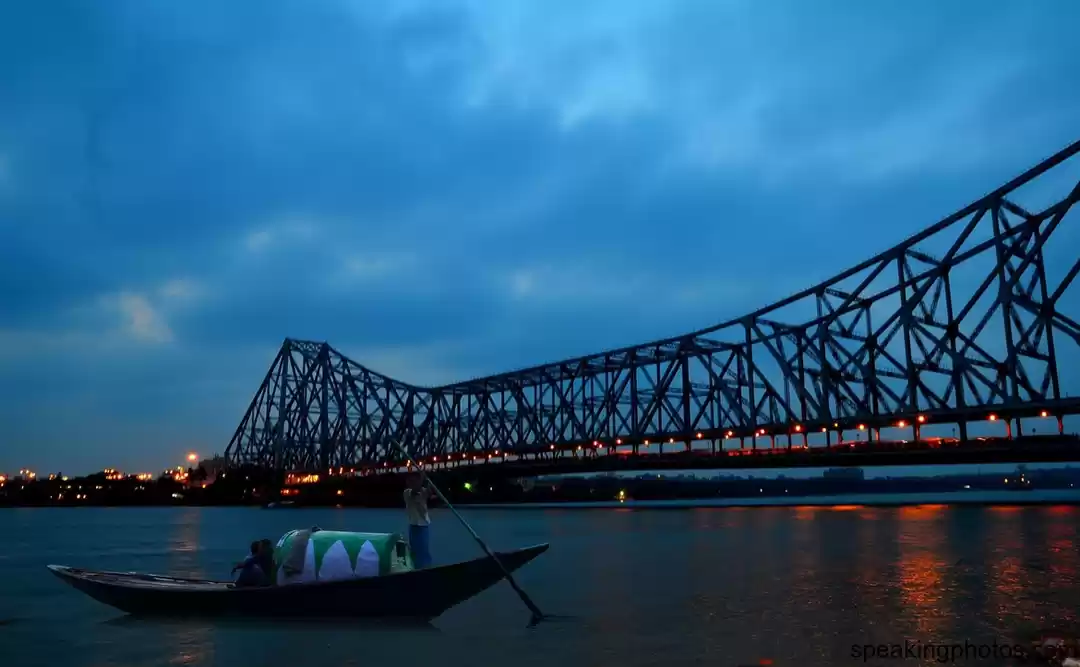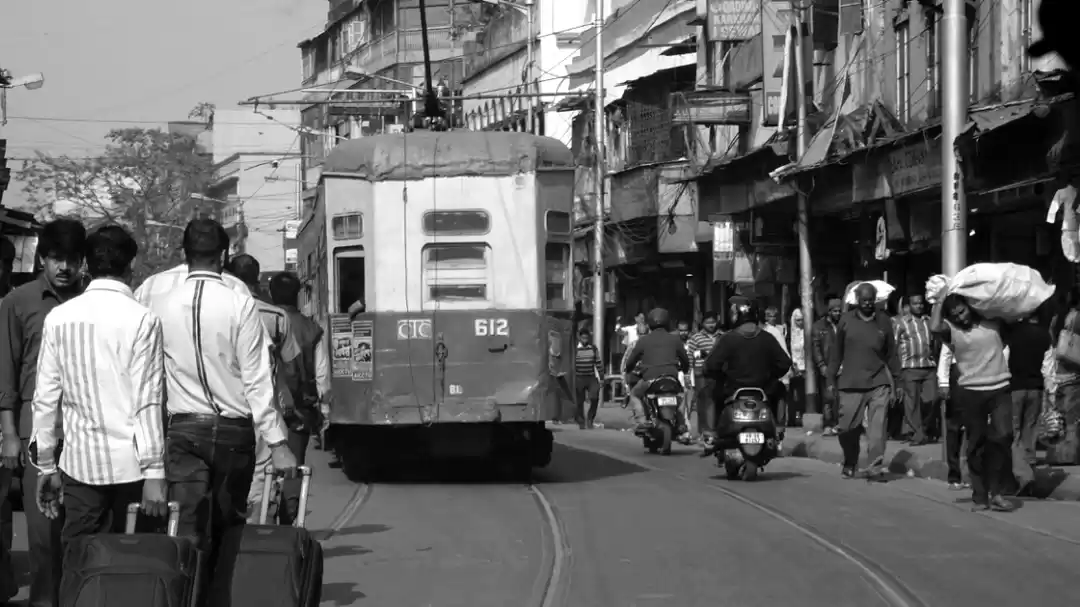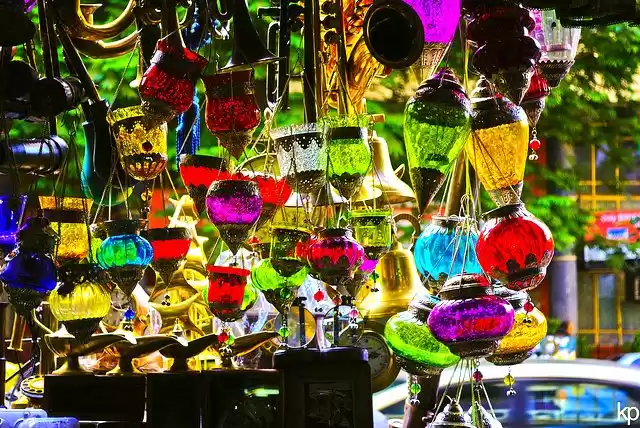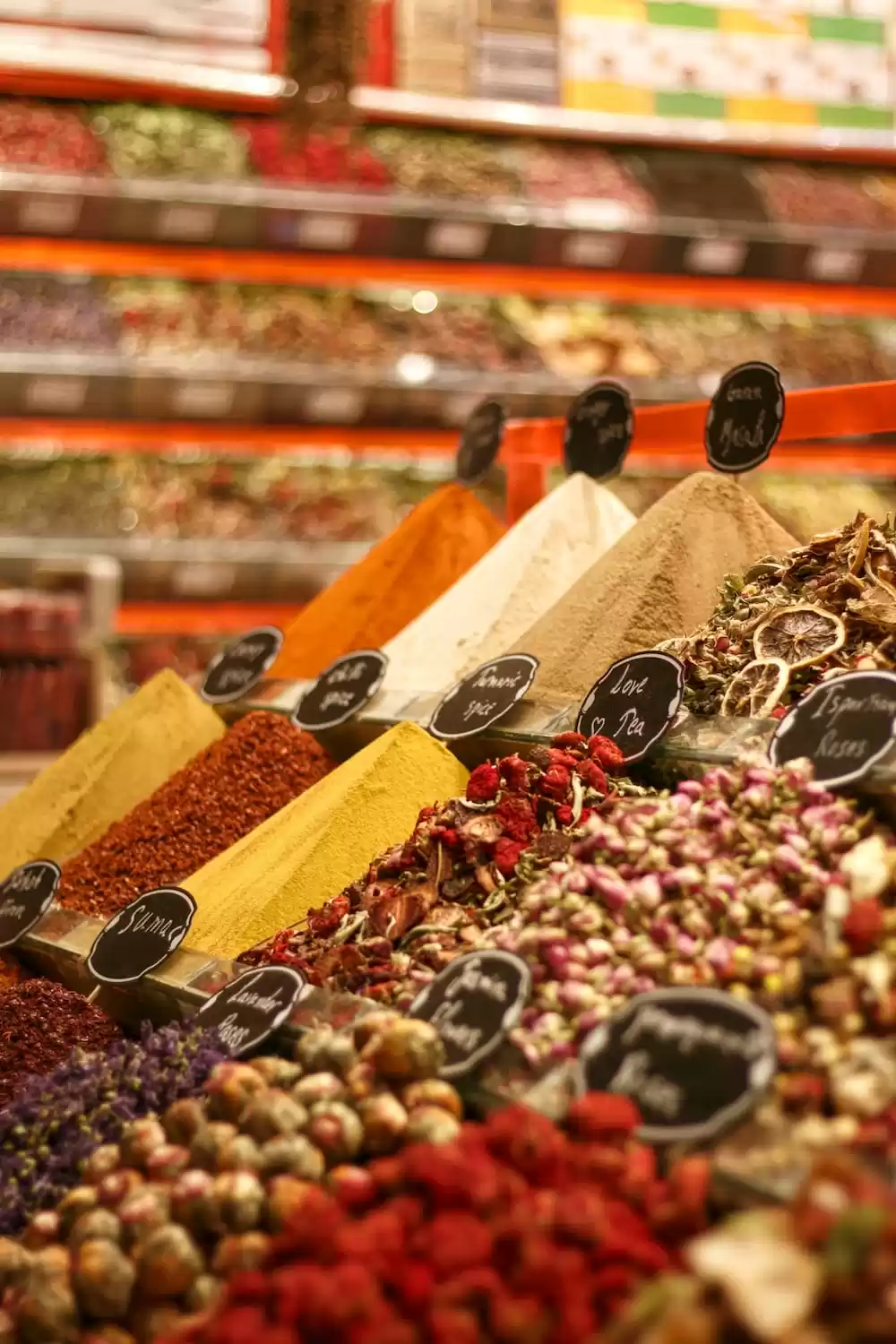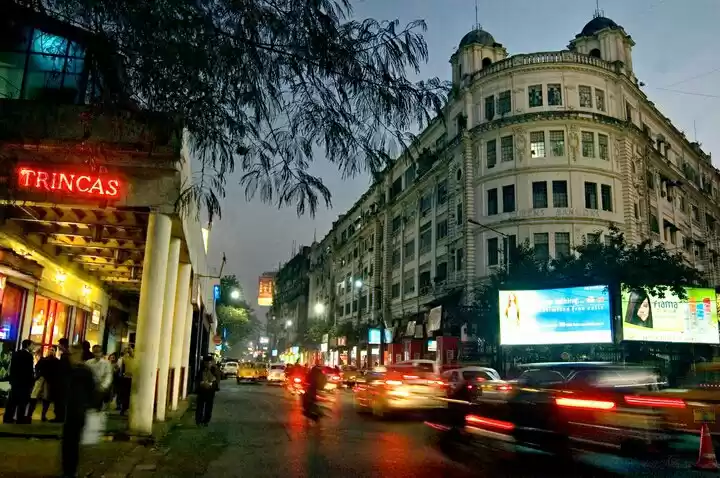
A melting pot of culture, food and history, history reverberates through Kolkata's bustling bazaars. The 'City of Joy' - as it is affectionately known - boasts some of the most vibrant markets in the world. From the winding lanes of Gariahat and Hatibagan to the hustle and bustle of New Market, the legacies of the British Raj remain alive and well in the city's traditional markets. The energy and excitement is palpable, as people chat, haggle, and gossip, while a flurry of colours, textures, and flavours fill the air.
So here are some of the city's iconic markets that are sure to evoke a sense of nostalgia and awe within you:
There's something truly special about Burrabazar – the only way to experience it is to be there. As you cross the Howrah Bridge from the station, you can feel the energy of the market in the air. The chaotic streets are lined with shops, each flooding the street with an array of colours and smells. From the loud cries of the vendors to the bustle of the buyers, it's an organised chaos that's somehow strangely captivating. As you make your way through the maze of the market, you can find anything from yarn and textiles to fancy and chinipatti. It's the perfect place for bulk purchase at cost price and is a favourite of shoppers in the city and Howrah area. You can also find the stunning Shree Digambar Jain Bada Mandir on 1 Basak Street, a peaceful oasis in the midst of the market. Burrabazar is an experience like no other – a place that's filled with excitement, adventure, and the promise of treasures hidden in every corner
The air carries the scent of jasmine and sandalwood as one steps into the lively Kalighat market. The market is located in a very old part of the city, just a stone's throw away from the famous and revered Kali Temple. The temple itself dates back to the early 19th century, and is seen as the ruling Goddess of the city. The market is an exciting experience, with its bustling atmosphere, and myriad of shops. The 'dashakarma bhandars' are particularly interesting, with their unique stores selling goods related to Hindu rituals and worship, including beads, mats, incense, puja utensils, saffron chadors, red gamchas and more. There is also a special flower section, where you can buy colourful, locally made clay idols of different Gods and Goddesses. Within a distance is the Keora tala burning ghat and the Adi Ganga, - the original Ganga - a once swift flowing river that has sadly been reduced to a mere canal. Visiting the Kalighat market is an immersive experience that will leave you with a deep appreciation for the culture and history of this unique and ancient city.
The scent of the Howrah Phool Bazaar hits your senses as soon as you descend the steps of the iconic Howrah Bridge. A kaleidoscope of colours, the market is filled with fragrant flowers of various kinds. Marigolds, jasmine, hibiscus and roses, all arranged in a wild and beautiful array - this is the place from which the city gets its daily supply of flowers. You can almost feel the morning sun reflecting off the marigolds and bathing the market in a yellow-orange hue. But it is not only the flowers that make this place so special. Just steps away, the banks of the river come alive. Mallick Ghat is abuzz with activity, the waters filled with small boats and the banks lined with bathers and wrestlers. Nothing here has changed for centuries and the Howrah Phool Bazaar is an unmissable sight for anyone who visits Howrah.
Fashionistas and shopaholics alike come to Gariahat's weekly Haat, a vibrant market where a blend of colours and sounds awaits the curious. From the fresh produce section to the eclectic shops on the first floor, Gariahat is the place to find all your shopping needs. And let's not forget the pavement shops with their haggling and bargaining, where you can find anything from clothing and crockery to handbags and accessories for a song. But what truly makes Gariahat's Haat special is the street food, a gastronomical delight of Calcutta's famous flavours. A visit to this vibrant market is sure to enchant even the most discerning of shoppers, making it a must-visit destination.
Old books have the power to transport us to a different world and no other place does that better than College Street Book Market. As you walk through this bibliophile's paradise, you can almost feel the presence of the legion of ‘bookworm’s’, browsing through the dusty piles of books in search of that rare first edition. Conversations of the booksellers and customers fill the air as they haggle for the best deal. Occasionally, one might catch a whiff of the aroma of coffee emanating from the iconic Indian Coffee House – a hub for Kolkata’s intellectuals. As you take in the sights and sounds of this bustling street, you can’t help but feel the gravity of the literary legacy that has been built here. College Street Book Market is truly a special place and a must-visit for any book lover.
The freshly brewed coffee beans, the aroma of banana chips, the savoury rasam powder, the zesty sambar powder, the crunchy murukku and the delicious papadam - all these flavours come alive at Lake Market in Kolkata. Situated near the Kalighat metro station, this market is the hub of the South-Indian community in the city, and is the go-to place for all sorts of delicacies from the southern states. From the renowned Banana Leaf restaurant, serving their signature sapad and idlis, dosas and uttapams, to Ramakrishna Lunch House, a favourite for the purists - the market has something for everyone. The Lake Mall in the vicinity adds a distinctly cosmopolitan air to the old-fashioned market place, with its vegetable vendors and florists lining the road sides and pavements. Whether you’re a local or a tourist, a visit to the Lake Market is sure to tantalise your taste buds and leave you with a delicious aftertaste!
The sound of clinking gold and the smell of fine jewellery fill the bustling streets of Bowbazaar Gold Market. This is the ultimate destination for a Bengali bride who desires to adorn herself in the beautiful and intricate 'Bengali designs' jewellery. This iconic market has a rich history steeped in nostalgia and culture, having been the birthplace of one of Bengal's foremost reformists, Ishwar Chandra Vidyasagar, and the home of the first tramcar in Kolkata in 1873. The adjacent Terity Bazaar is Kolkata's old Chinatown, where the first Chinese settlers arrived in the late 18th century. Here, visitors can feel the heartbeat of Kolkata and discover the secrets of the past hidden in the gold-filled shops and alleys of this unique marketplace.
Tucked away in an ancient corner of Kolkata, Hatibagan Market has been standing for more than a century, bearing witness to the city's evolution. It is a bustling hub of activity, from the lively cinema halls and theatres to the colourful stalls selling all sorts of goods. While it is not known to be the origin of the elephant legend, its history is no less intriguing. During World War II, it was almost struck by a bomb, only to have it mercifully not explode - a testament to the resilience of this landmark. Today, Star Theatre at Beadon Street is a reminder of the city's rich theatrical heritage, while the modern multiplex keeps Hatibagan Market alive and vibrant. Whether it's a day of shopping, catching a movie, or just taking a stroll, Hatibagan Market is a must-visit destination in Kolkata.
Durga puja is not the same in Kolkata without a trip to the iconic New Market! From the bustling streets of Lindsay and the smell of fresh flowers from the florists to the exotic foods, spices, and fabrics - the market is a true testament to the city’s rich history and culture. This Victorian Gothic market complex was designed for the white populace in 1874 and has since become a beloved landmark for locals and visitors alike. Whether you’re looking for a spoon or the egg of a horse (ghorar dim), you’ll find it all here! Take a stroll through the over 2,000 shops, which include iconic stores like Nahoum & Sons, Dayaram & Co., Bombay Silk House and Ghanashyam and Pumposh-Kashmir Shawl Emporium. Even after the devastating fire in 1985, the market continues to thrive and attract people from all over the world.
Magic literally fills the air at Jagu Bazaar in Bhowanipore! Of course, there are the usual stores selling homemade Punjabi pickles and sarson saag during the winter season, but what gives the market its charm is the variety of fresh fruits, jhola, and patali notun gur, and sesame coated tilkuts that are available all year round. The sound of the fishmongers' cries as they hawk their wares is a highlight of the bazaar. Here, one can find a variety of fish including crabs, singi, magur, and koi - the latter being a favorite among Bengalis. The grocers, plastic product sellers, cloth shops, and dye stoles can be found in the periphery of the market, while second-hand book shops can be found on the side roads.
Freshness and vibrancy welcome you as you approach Koley Market in the heart of Kolkata. Located near Sealdah, the second largest train station in the city, Koley Market is an extension of the famous Burrabazaar. This wholesale market offers the freshest produce, vegetables, fish, meat, milk, and poultry products in Eastern India. With its 24-hour availability, 365 days a year, Koley Market is a vibrant hub of activity that never ceases to amaze. It’s a photographer’s dream, with its bright colors and lively atmosphere. Whether you’re looking to buy some of the freshest ingredients for your kitchen or simply want to admire the air of a vibrant marketplace, Koley Market is the perfect destination for you.
On the corner of Purna Das Road and Rashbehari Avenue lies a shopping arcade that radiates a charm of its own. It's home to some of the city's best saree shops, from Asha Brothers to Indian Silk House, Bhojraj, Jailakshmi and Priyo Gopal Bishoyie. It's a bustling, vibrant marketplace that buzzes with life, each shopkeeper vying for the attention of potential customers. The area is also home to the imposing five-storied building of Adi Dhakeshwari Bastralaya, an impressive structure that overlooks the chaos below. But it's the saree shops that give the area its unique identity, the colourful fabric dangling in the sun and the shopkeepers eagerly trying to woo customers with their best deals. It's a sight to behold and one that is sure to captivate you!
Kolkata’s vibrant markets are more than just places to shop. They are a window into the city’s culture and a portal to its past. These markets are a reminder of the city’s resilience and its people’s spirit and determination. As you explore these markets, you can almost hear the voices of generations of Kolkatans, who have made these markets what they are today.
If you have an exciting travel news to share with us, feel free to drop your inputs in the comments below. Or write about it here on Tripoto and earn Tripoto Credits! You can also follow me on Instagram to stay on top of my updates.



